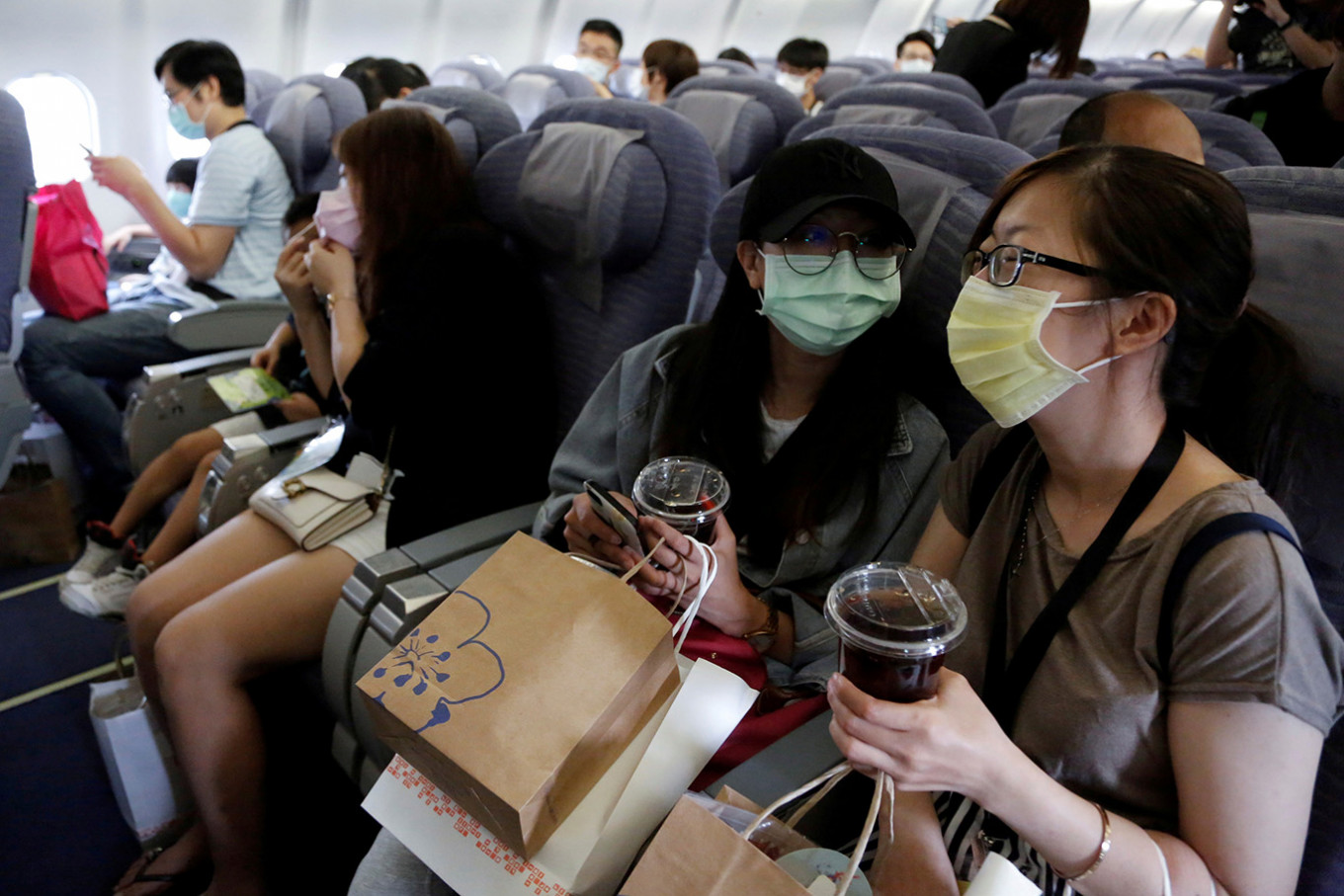
SAN FRANSISCO (CA) – Academics from Harvard University, Princeton University, and the National Bureau of Economic Research (NBER), in collaboration with SafeGraph, a geospatial data company, released a comprehensive research that examined the impact of mobility and travel on the spread of COVID-19 in the US. The study found a statistically significant association between traveling and the spread of COVID-19. On average, a 10% decline in travel mobility is associated with a 17-27% drop in cases per person (CPP).
Lockdowns and stay-at-home orders have been embraced as the natural solution to the COVID-19 pandemic, with policymakers citing virus containment as the key motive for mitigating travel. It is challenging to understand the true impact of these policies, however, since the actual link between mobility and contagion depends on the way in which a disease is spread and the behavior of travelers. The research team from Harvard and Princeton examined zip codes and various types of employees on the east coast to highlight the widespread implications of travel on the spread of COVID-19 specifically.
“The results in our study highlight the importance of mitigating mobility during this pandemic, working from home if possible and avoiding unnecessary travel,” said Caitlin Gorback, Economist and Postdoctoral Fellow at the National Bureau of Economic Research.
“Our team was interested in examining the broader public health consequences of general mobility, along with work-related travel for those required to leave their homes. SafeGraph data allowed us to investigate this question very effectively by monitoring cell phone trips for our highlighted cities, tracking the number of visitors to a point of interest (POI) in a given week. Without this data, we would not have been able to accurately measure population mobility at a ZIP Code level - a degree of granularity which is critical to an empirical investigation of the spread of COVID within cities.”
The analysis was based on aggregated SafeGraph cellular phone data, which is derived from an anonymized mobile location data panel of 18 million US devices seen monthly. SafeGraph uses an algorithm that incorporates median home-dwelling time, percent of devices completely home, and median distance traveled from home to provide data on how well a neighborhood (census block group) is doing at social distancing, and the extent to which individuals are traveling. This data was used in conjunction with SafeGraph Weekly Patterns data, which provides device counts to specific Points-of-Interest, and NYC’s turnstile data. Upon aggregating these three data sets with weekly data on COVID-19 cases by zip code, academics were able to examine the relationship between travel patterns across zip codes and the spread of COVID-19 in these regions.
Key findings from the study:
Areas with less travel suffered lower COVID-19 cases, with total COVID-19 cases per capita decreasing on average by 20% for every 10% fall in mobility.
For remote workers specifically, there was a somewhat larger average decline of COVID-19 cases per capita of 27%.
These impacts were more salient in well-connected metropolitan areas like New York City, Boston, and Philadelphia, and less impactful in more isolated regions like Atlanta and Chicago.
People whose jobs require them to leave their homes are more likely to get COVID-19, and - at least in New York City - are more likely to die.
Given these findings, the study highlights the empirical value in mitigating travel across states by enabling work-from-home measures and continuing lockdown policies. In professions where remote work is feasible, adopting such a model can help reduce travel for workers and save lives both for the specific workers and cities in general. In the same vein, states should continue mandating lockdown policies to reduce non-essential travel and help curb this spread even further.